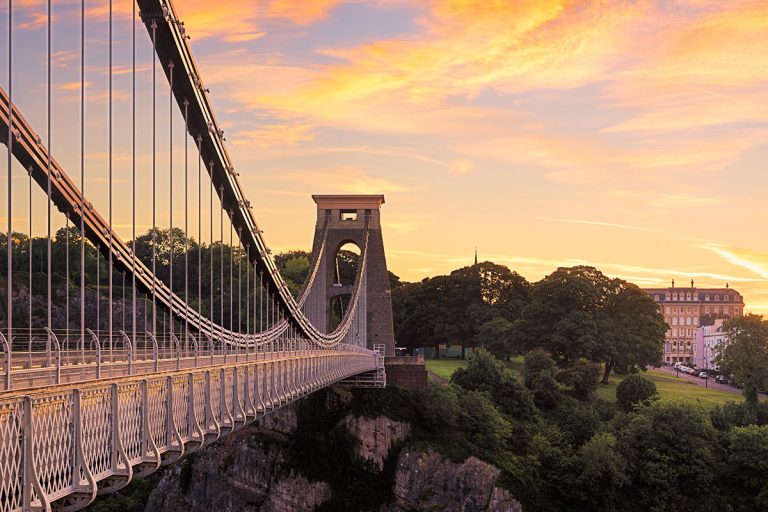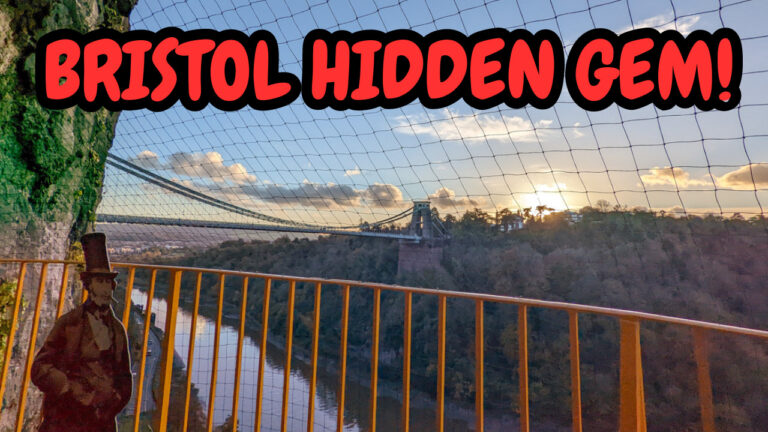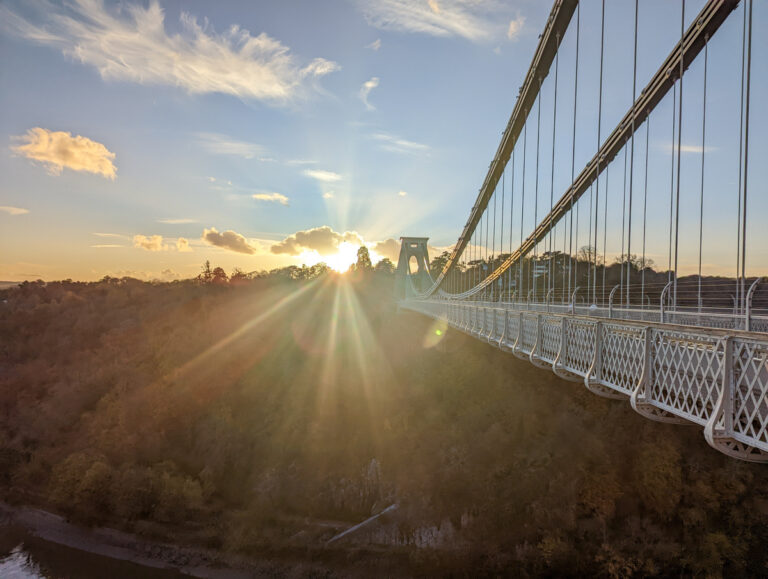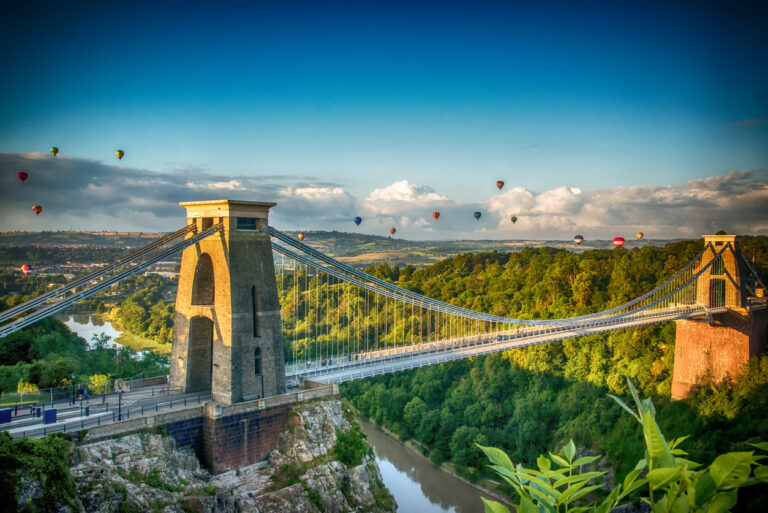Why are there so many multicoloured houses in Bristol?
Bristol’s earned a bit of a name for itself over the years for being one of the funkiest and most colourful cities in the UK.
While it’s arguably the UK’s street art capital, its rainbow-hued houses far predate its Banksy days.
I lived in a Bristol coloured house during my second year of university, and to this day just seeing a photo of them always brightens up my day!
So, WHY does Bristol have multicoloured houses? There are a few historical explanations – let me know which one you think is true!
Why are Bristol’s houses multicoloured?
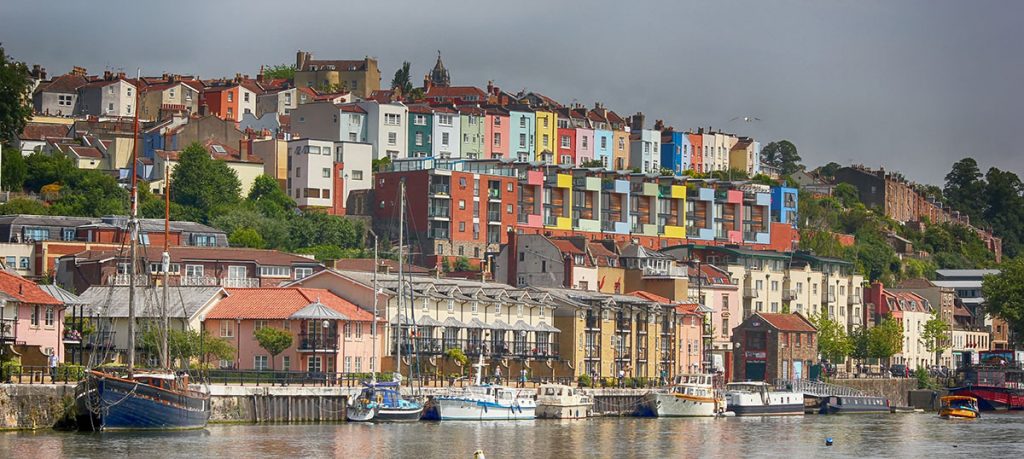
Bristol’s houses, in areas like Cliftonwood and Totterdown are often multicoloured. But why?
Here are a few theories!
Sailors would look for their house when returning from sea
The most historical explanation is that sailors would look for their house when returning from sea.
Bristol used to be a buzzing port – while it’s not directly on the coast, it’s only 9 miles from the sea and ships would sail into the harbour – so seamen would sail right into the city after being away for a long time.
These sailors were often away for months at a time (sometimes even years) and they’d have trouble spotting their house when they returned!
So, they’d paint their house in a vibrant hue so they could spot it from the boat – they might even be able to spy one of their loved ones standing by the house.
George Fergurson started the trend
Another theory is that ex-Bristol mayor George Fergurson was the one who started painting houses multicoloured.
He lived in Cliftonwood in the 1970s (long after Bristol’s shipbuilding boom) but, after purchasing his house, the council threatened to knock the buildings down and replace them with flats.
As an act of resistance, he painted his house terracotta red. In the process, he inspired one of his neighbours, who painted their house blue. And it went on! This is said to have given Cliftonwood its rainbow hues, although the colour of some houses in the area certainly predate the 1970s.
Someone had spare paint!
In Totterdown – another area known for its vibrant hues – the local story goes that a painter had spare paint and offered to decorate local houses for a low price.
Which is true?

None of these stories have been proven to be true – it remains just as much an urban legend as Bansky. However, what’s undeniable is the impact that the colourful houses have had on Bristol.
Bristol’s coloured houses nowadays
Nowadays, Bristol’s coloured houses mean a lot to the city, and they’re maintained well. This is for a few reasons:
- Community Initiatives: In some neighbourhoods, the trend toward colourful homes began as part of community revitalisation projects. Residents painted their houses in bright and varied colours to breathe new life into the area and create a sense of community identity. This is upheld today and keeps Bristol’s community spirit strong.
- Individual Expression: The trend also reflects the individuality and creativity of Bristol’s residents. In a city known for its artistic and independent spirit, expressed notably through its street art and music scenes, residents often choose bold colours to reflect their style and add aesthetic value to their neighbourhoods.
- Tourism and Appeal: Colourful homes have become a part of Bristol’s appeal to tourists. The striking and photogenic rows of painted houses attract visitors and are featured in promotional materials for the city; so it’s important to keep them bright and welcoming, no matter what the story behind them is!

Beautiful coloured houses in Bristol!
Whatever the reason behind them, there’s no denying that Bristol’s stunning coloured houses are as much a staple of the city as the Clifton Suspension Bridge and SS Great Britain.
If you have any thoughts on why the Bristol multicoloured houses are so bright and vivid, please drop me a comment on this Facebook post!
And don’t forget to follow me on Facebook for plenty more articles from the West Country.


